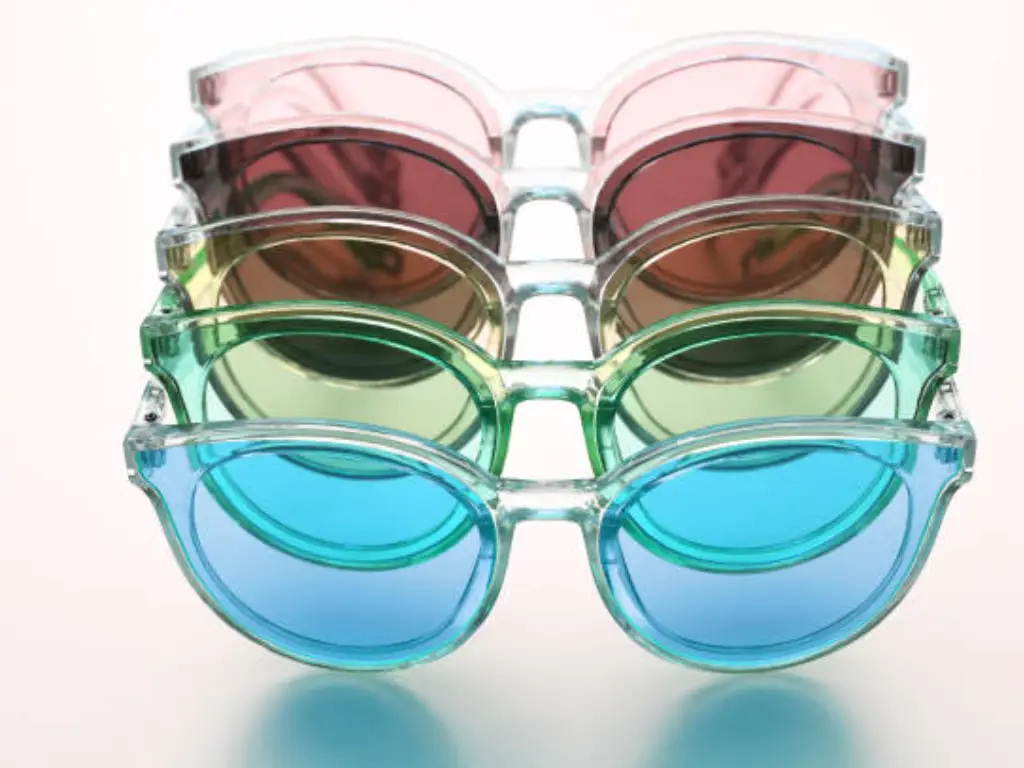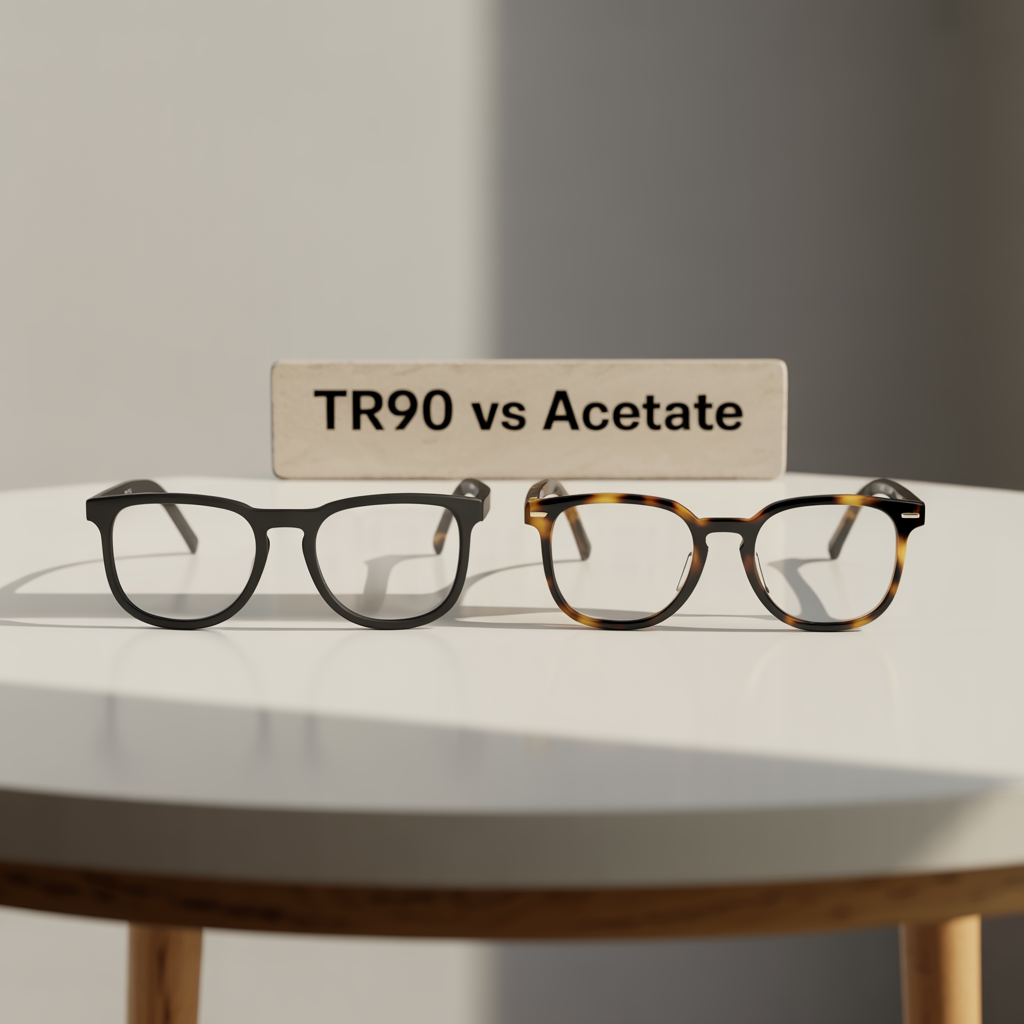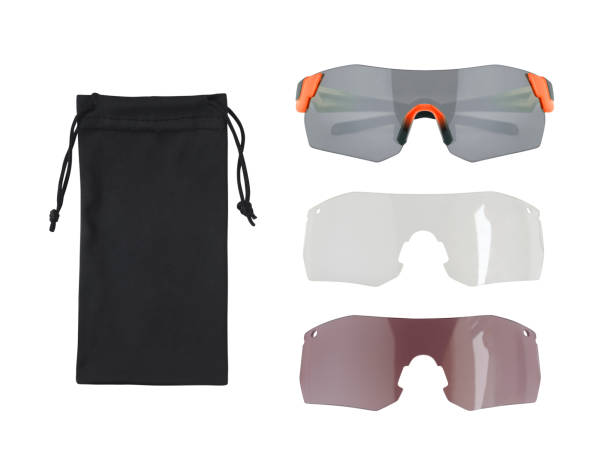You may have wondered about the difference types of sports eyewear between polarized and non-polarized sunglasses. Polarized lenses are designed with a special filter that blocks intense glare from reflective surfaces, enhancing visual clarity. In contrast, non-polarized lenses provide basic light protection but lack the filtering ability to reduce horizontal glare.
Despite this key difference, both types safeguard your eyes from harmful UV rays and contribute to overall eye health. In this buying guide, we’ll break down everything you need to know about polarized vs. non-polarized sunglasses and help you determine which option best suits your lifestyle.
What Are Polarized Sunglasses?
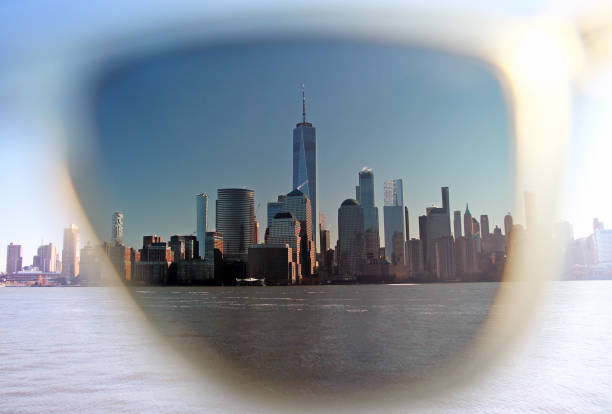
What exactly do polarized lenses do? Their main purpose is to shield your eyes from intense glare caused by reflective surfaces like snow, water, or asphalt. This type of reflected light can strain your eyes because it travels in a concentrated, single direction without any dispersion. Fortunately, polarized lenses are specifically designed to counter this effect.
At Julong, we provide a wide range of both polarized and non-polarized lenses to meet various needs. Polarized lenses are made by embedding a special film directly into the lens during manufacturing. This film blocks horizontal light waves — the primary cause of glare — while allowing vertical light waves to pass through. The result is improved color clarity, sharper contrast, and reduced eye strain, delivering a superior visual experience.
Benefits of Polarized Sunglasses
Spending time in bright light can strain your eyes, making it difficult to see clearly. Polarized sunglasses offer relief by reducing the squinting and discomfort caused by sunlight reflecting off various surfaces. They are particularly effective in glare-heavy environments such as:
Daytime Driving
Driving in bright sunlight can be hazardous due to intense glare reflecting off roads, windshields, and other shiny surfaces. In extreme cases, this glare can temporarily impair vision. Polarized sunglasses help filter out these reflections, improving visibility and enhancing driving safety.
Snow Sports
The sun’s reflection on snow can create intense glare, making it challenging to see clearly on ski slopes or snowy trails. Polarized sunglasses reduce this glare, allowing you to focus better on your surroundings and navigate safely.
Water Sports
For activities like boating, kayaking, or fishing, polarized lenses are a smart choice. In the debate of polarized vs. non polarized fishing, polarized lenses cut glare from the water’s surface, improving visibility and making it easier to spot fish or objects beneath — a clear advantage for anglers.
Outdoor Activities
Runners, cyclists, and other outdoor enthusiasts can benefit significantly from polarized sunglasses. By reducing glare, these lenses improve visual comfort and reduce the need for constant squinting. Even some golfers prefer polarized sunglasses as they minimize glare on the fairway and make it easier to locate golf balls near water hazards.
Cloudy Days
Even when the sky is overcast, glare can still be a problem. Polarized sunglasses filter this diffused glare, improving vision and comfort in both sunny and cloudy conditions.
Limitations of Polarized Sunglasses
While polarized sunglasses are highly effective in reducing glare, there are certain situations where they may hinder visibility, making non-polarized lenses a safer and more practical option:
Difficulty Viewing LCD Screens
Some electronic displays, such as those on ATMs, smartphones, and car dashboards, are already polarized. When viewed through polarized sunglasses, these screens can appear dim or even completely black, making it difficult to read important information.
Challenges in Icy Conditions
Although polarized lenses improve visibility in snowy environments, they may not be ideal for icy conditions. Light reflecting off icy surfaces — whether on ski slopes or roads — can be filtered out by polarized lenses, making it harder to detect potentially hazardous ice patches. In such cases, wearing non-polarized sunglasses is a safer choice for clear visibility and better awareness of icy dangers.
What Are Non-Polarized Sunglasses?
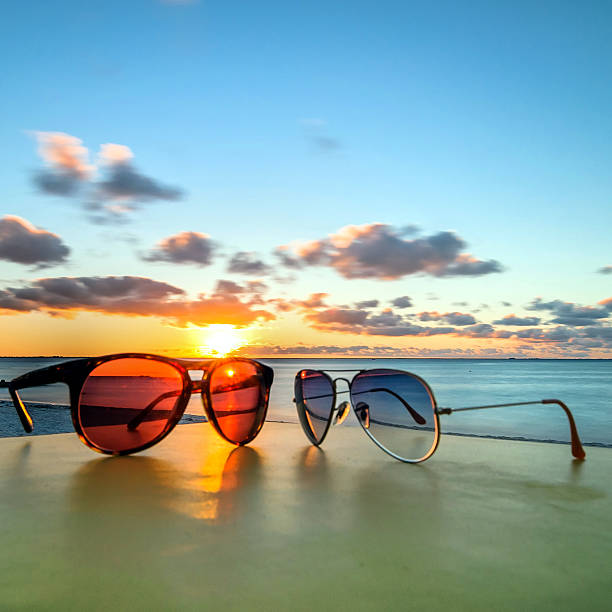
Non-polarized lenses come with their own set of benefits. They provide protection against harmful UV rays and can help reduce some eye strain. However, unlike polarized lenses, they lack the specialized filter designed to block horizontal light rays. As a result, non-polarized lenses are less effective at minimizing glare from reflective surfaces.
Advantages of Non-Polarized Sunglasses
Non-polarized sunglasses are well-suited for specific activities such as downhill skiing, operating heavy machinery, and flying. In these situations, wearing polarized sunglasses can hinder visibility by making it difficult to read certain screens or detect important color changes, potentially posing safety risks.
Additionally, non-polarized lenses are generally more affordable than polarized ones and are available in a wide range of colors, finishes, and styles for those looking to match a particular aesthetic. They are a practical choice for everyday wear and are widely accessible.
When comparing polarized vs. mirrored lenses, non-polarized options can also include mirrored coatings, which reflect light for a stylish look without the glare-reducing filter of polarization.
Limitations of Non-Polarized Sunglasses
Limited Glare Protection
Non-polarized lenses do not effectively reduce glare from reflective surfaces, which can lead to discomfort and compromised visibility in bright conditions.
Potential for Increased Eye Strain
Without glare reduction, prolonged exposure to bright light can cause increased eye strain and fatigue.
UV Protection: A Critical Factor

Importance of UV Protection
Regardless of polarization, sunglasses should block 100% of UVA and UVB rays to prevent eye conditions like cataracts and macular degeneration.
How to Identify UV-Protected Lenses
Look for labels indicating 100% UV protection or UV400 on sunglasses to ensure adequate eye safety.
Applications and Suitability
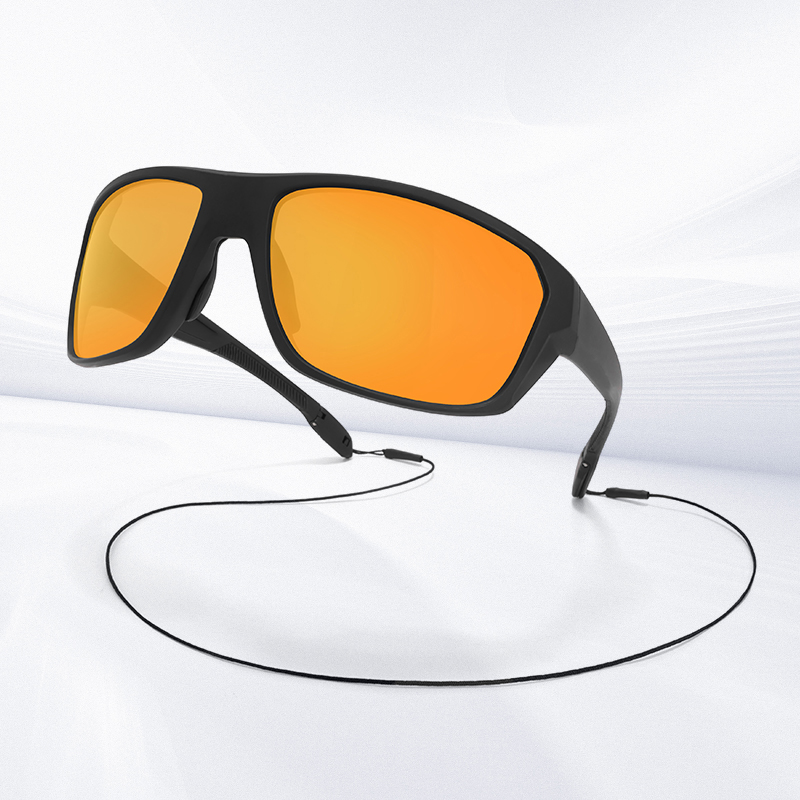
When to Choose Polarized Sunglasses
Opt for polarized sunglasses during activities with high glare exposure, such as fishing, boating, or driving in bright conditions, to enhance visual comfort and safety.
When to Opt for Non-Polarized Sunglasses
For everyday use, especially when interacting with digital screens or requiring precise depth perception, non-polarized sunglasses may be more appropriate.
Impact on Visual Perception
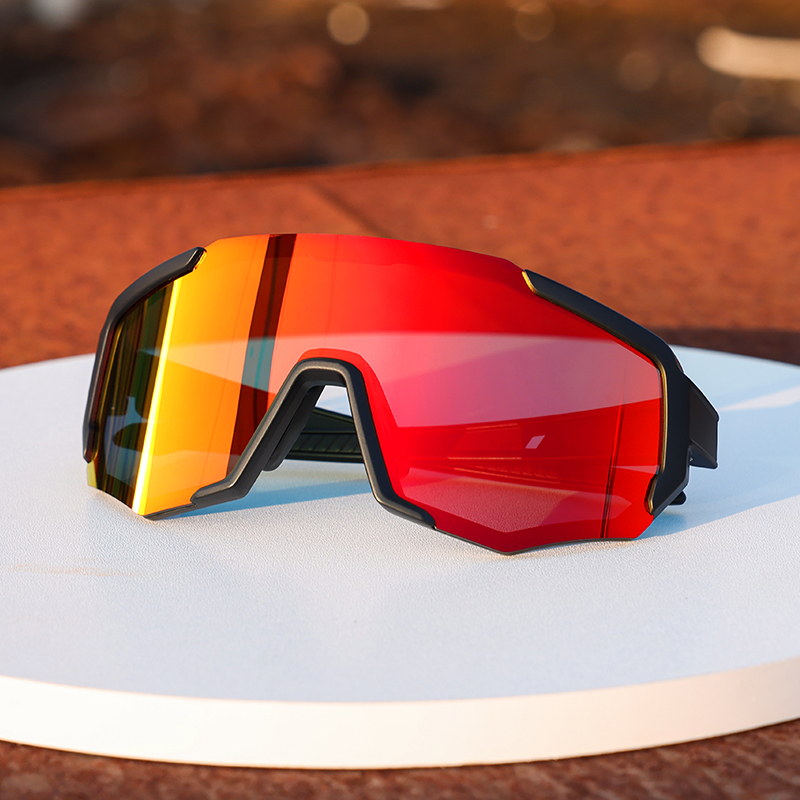
Differences in Color Perception
Polarized lenses can alter the perception of certain colors, which may affect activities requiring accurate color discrimination.
Effects on Depth Perception
Some users may experience changes in depth perception with polarized lenses, influencing activities that rely on spatial judgment.
Cost Considerations
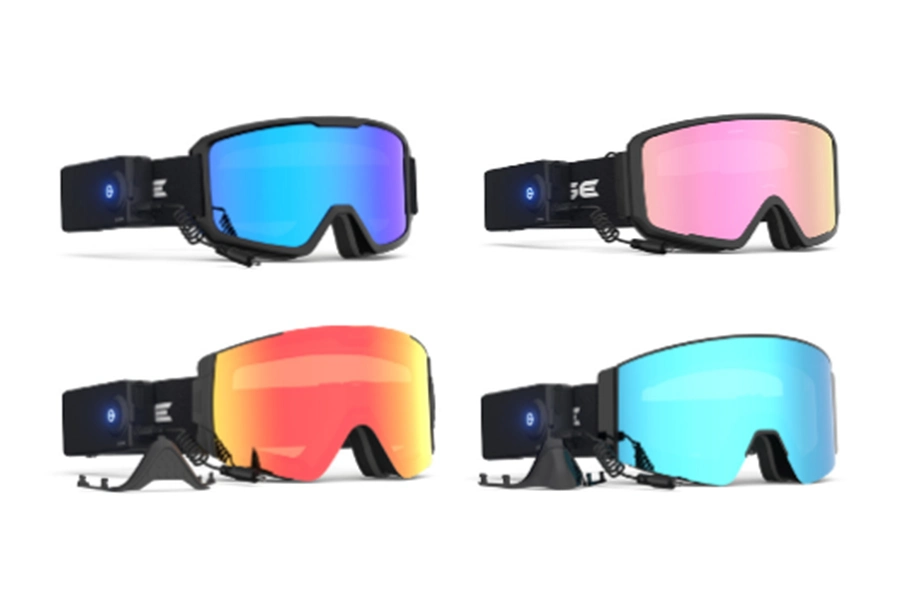
Price Differences
Polarized sunglasses often come at a higher price point due to the specialized technology used in the lenses.
Value for Money
Investing in polarized lenses is beneficial for those frequently exposed to glare, while non-polarized options suffice for general use.
Misconceptions and Myths
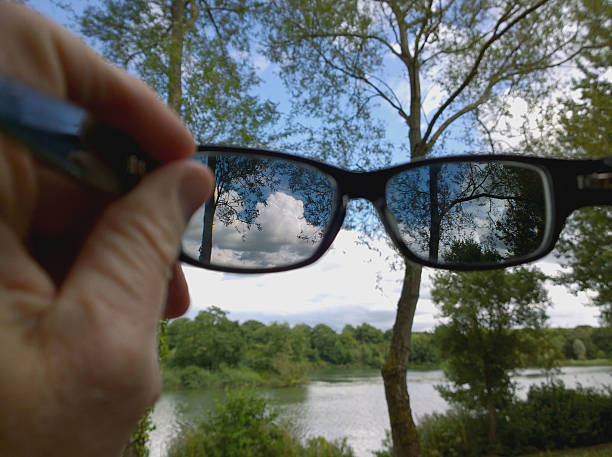
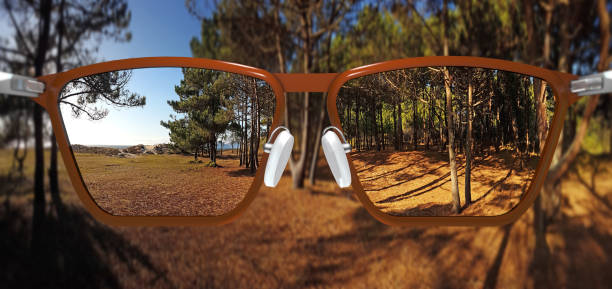
Поляризация против. UV Protection
Polarization reduces glare but does not equate to UV protection. It’s essential to ensure sunglasses offer both features for comprehensive eye safety.
Are polarized sunglasses better than non polarized one?
Deciding between photochromic and polarized sunglasses and non-polarized sunglasses ultimately depends on your personal preferences and intended use. While many people appreciate the enhanced glare reduction that polarized lenses offer, others opt for non-polarized shades for a more natural view that resembles what the naked eye sees.
Ultimately, having a pair of each type can be a practical solution, ensuring you’re prepared for different environments and activities.
Choose the Right Sunglasses for Your Needs

Assess Your Lifestyle
Consider your daily activities, exposure to reflective surfaces, and interaction with digital devices when selecting between polarized and non-polarized sunglasses.
Match Sunglasses to Activities
Choosing the right cycling sunglasses brands depends heavily on your lifestyle and the activities you engage in most frequently.
- Driving: Polarized vs. non polarized for driving highlights how polarized sunglasses excel at reducing glare from car hoods and roads, enhancing visual clarity and safety. However, some dashboard displays may appear distorted.
- Fishing and Water Sports: Polarized vs. non polarized fishing shows polarized lenses as ideal for cutting glare off the water’s surface, allowing anglers to see beneath more clearly.
- Outdoor Adventures: For hiking, cycling, or skiing, polarized lenses provide comfort in bright conditions but may obscure icy patches or slick surfaces.
- Everyday Wear: Non-polarized sunglasses are suitable for casual use, especially when frequent screen interaction is required.
By aligning your choice with your lifestyle, you can ensure optimal comfort, visibility, and protection.
Don’t Forget About UV Protection
Although most sunglasses offer some level of protection against ultraviolet (UV) rays, it’s important to verify this before making a purchase. While polarized lenses reduce glare, they don’t automatically block harmful UV rays.
When shopping for sunglasses, look for pairs labeled “100% UVA-UVB protection” or “UV400” to ensure they provide maximum defense against UV exposure.
At Julong, which is one of the top sports sunglasses manufacturers, all of our sunglasses — including polarized options — are designed to deliver complete protection from both UVA and UVB rays. Whether you’re enjoying direct sunlight or relaxing in the shade, our sunglasses help safeguard your eyes from the damaging effects of UV radiation.
Часто задаваемые вопросы
What is the difference between polarized and non-polarized sunglasses?
Polarized sunglasses contain a special filter that blocks horizontally oriented light waves, significantly reducing glare. Non-polarized sunglasses reduce overall brightness but do not selectively filter light, making them less effective against glare.
Can polarized lenses protect against UV rays?
Polarized lenses reduce glare but do not automatically provide UV protection. Always check for sunglasses labeled “100% UV Protection” or “UV400” to ensure they block harmful rays.
Are polarized sunglasses suitable for driving?
Да, polarized sunglasses are excellent for driving as they reduce glare from roads and car surfaces. However, they may interfere with some LCD dashboard displays.
Do non-polarized sunglasses offer any benefits?
Absolutely. Non-polarized sunglasses provide consistent shading, are typically more budget-friendly, and are ideal for general use without significant glare concerns.
How can you tell if your sunglasses are polarized?
Curious whether your sunglasses are polarized? Here’s a simple and fun way to find out:
- Grab a second pair of sunglasses that you know are polarized.
- Hold your sunglasses in front of the confirmed polarized pair.
- Rotate one pair 90 degrees while looking through both lenses.
Is polarization necessary for everyday use?
Polarized lenses are ideal for bright, reflective environments, but for routine activities without significant glare exposure, non-polarized sunglasses are often sufficient.

